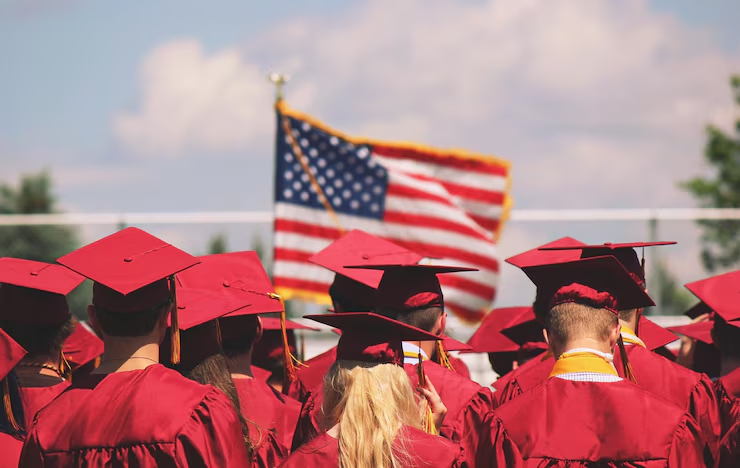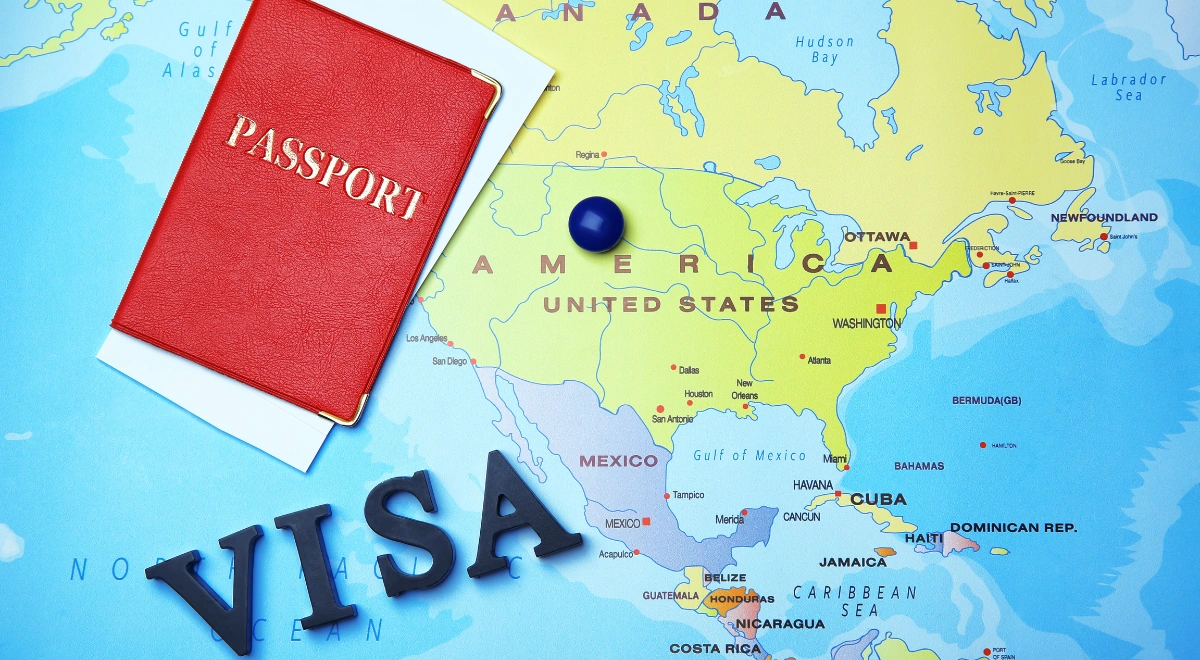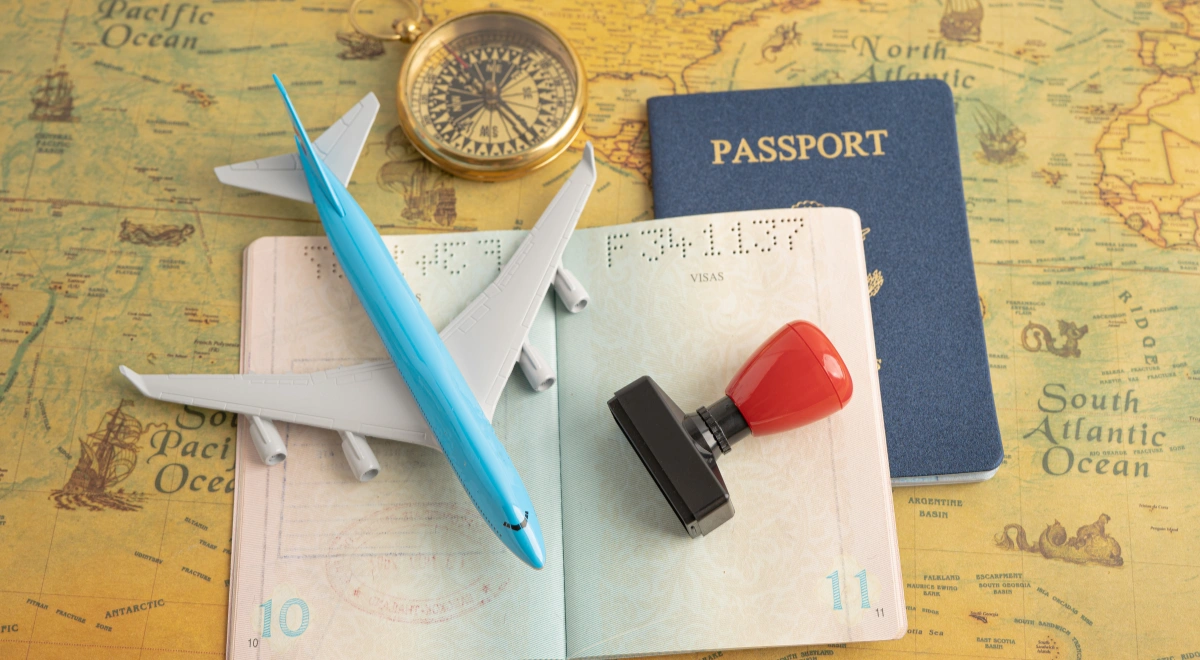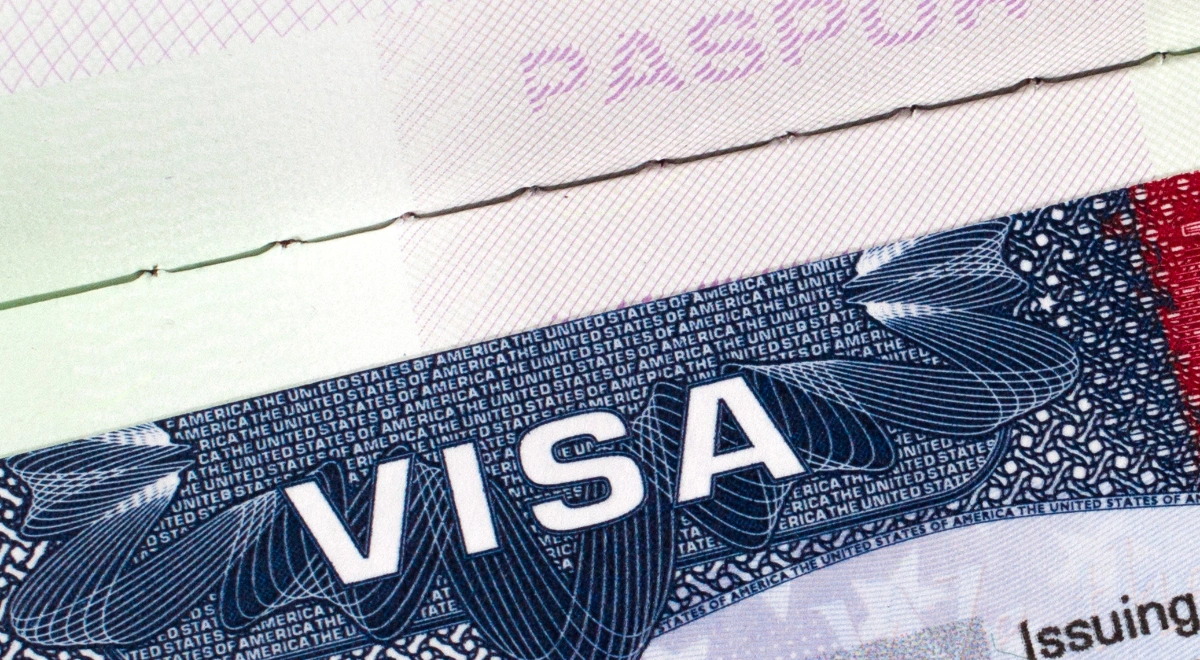On May 28, 2025, the Trump administration officially paused all new U.S. student visa interview appointments globally. The U.S. State Department has instructed embassies worldwide to temporarily halt the scheduling of new F-1, M-1, and J-1 visa interviews as part of an administrative review of immigration protocols.
This announcement has caused serious disruption, especially for Indian students planning to travel for Fall 2025. For many, this isn’t just a procedural delay—it’s an emotional and financial setback with far-reaching consequences.
Who Is Affected by the U.S. Student Visa Interview Pause?
Let’s be clear: this is a pause, not a permanent ban. Here’s what that means:
- Students who already had U.S. Student visa interview scheduled before May 28 can still attend them
- New applicants are currently unable to book interviews
- The government has not given a timeline for when new appointments will resume

How Indian Students Are Affected by U.S. Student visa interview paused – The Real Impact
India is the second-largest source of international students to the U.S., contributing over 268,000 students annually . The timing of this suspension—during the peak visa window of May to July—has caused deep anxiety and confusion among Indian students and their families.
Here’s what’s at stake:
- Academic Disruption: Thousands of students who received admission offers, I-20 forms, and even paid tuition are now left in limbo with no way to proceed because of U.S. student visa interview has been paused .
- Financial Burden: Many families have already invested heavily in the process—application fees, visa costs, housing deposits, and more. This pause introduces uncertainty over whether that money can be recovered or carried forward.
- Career Timelines at Risk: Students who planned to begin internships, CPT, or OPT in Fall 2025 now face the possibility of delayed or canceled career plans.
- Emotional Distress: Students and parents alike are experiencing confusion, stress, and emotional burnout after months of preparation, documentation, and planning.
- Lack of Communication: With no definitive timeline shared, students are forced to rely on forums, rumors, and speculation, making it difficult to make informed decisions about their academic future.
This isn’t just an inconvenience—it’s a critical disruption at a pivotal life stage for thousands of Indian students.
What Indian Students Can Do Now
While the situation is evolving, here are proactive steps you can take:
1. Check the Official U.S. Embassy Website
Follow in.usembassy.gov for real-time updates and official guidance for U.S. student visa interview. Do not depend on hearsay.
2. Contact Your Designated School Official (DSO)
Universities are aware of the situation. Speak to your DSO to check if they’re offering deferrals, hybrid programs, or additional intake windows.
3. Prepare Your Documents in Advance
Keep your SEVIS fee receipt, DS-160 confirmation, passport, I-20, and financial support documents ready for when appointments open again.
4. Consider Spring Intake or Deferral
If Fall 2025 becomes unviable, ask your university if you can defer your admission to Spring 2026 without penalties.
5. Join Active Student Communities
Stay connected through student forums, WhatsApp groups, Telegram, or Reddit communities where you can get updates from peers facing the same situation because of U.S. student visa interview pause.
Getting Your Answers on the Student Visa Interview Pause
What is the new rule for U.S. student visas in 2025?
As of May 28, 2025, U.S. embassies have paused scheduling new student visa interviews globally. Existing appointments will continue as scheduled.
Why are student visas being delayed or rejected?
This is not a rejection trend. The delay is part of a procedural overhaul. However, some rejections still occur due to inadequate documentation or failure to prove genuine intent to study.
Can you get a U.S. student visa without an interview?
Some students renewing previous visas may qualify for the Interview Waiver Program. Visit ceac.state.gov to check eligibility.
What is the 120-day rule for U.S. student visas?
Students can apply for a visa 120 days before the start of their program but can only enter the U.S. 30 days before classes begin.
Why Indian Families Are Revisiting a More Secure U.S. Pathway
With the uncertainty surrounding student visa interviews, many Indian families are turning their attention back to a trusted and time-tested alternative — the EB-5 Investor Visa.
Unlike student visas, which come with strict conditions and expiration dates, the EB-5 program offers a direct path to U.S. permanent residency (Green Card). This means students can pursue their education and future in the U.S. without worrying about sudden policy shifts or visa renewals.
If you’re looking for clarity in uncertain times, Sternon’s EB-5 experts can help you explore this stable route with confidence and transparency.
Final Word
This U.S. student visa interview suspension is significant—but it isn’t the end of your U.S. academic journey. Stay informed, stay ready, and stay hopeful.
Your education, your future, and your dreams still matter—and they’re still possible.




